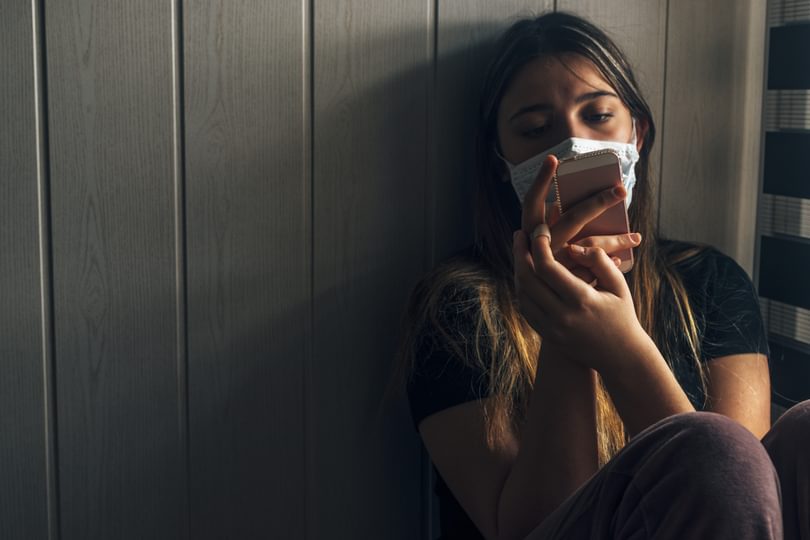
In mid-February, the World Health Organization announced that the new coronavirus pandemic was accompanied by an ‘infodemic’ of misinformation. Cristina Tardáguila, Associate Director of the International Fact-checking Network (IFCN), has called COVID–19 ‘the biggest challenge fact-checkers have ever faced.’
In the face of this, research from the Oxford Martin Programme on Misinformation, Science and Media showed a significant and rapid response from independent fact-checkers. According to their sample, the number of English-language fact-checks rose more than 900% from January to March. They believe that the total volume has grown even faster.
Researchers analysed a sample of 225 pieces of misinformation rated false or misleading by fact-checkers and published in English between January and the end of March 2020, drawn from a collection of fact-checks maintained by First Draft News, to reveal the types, sources, and claims of COVID-19 misinformation seen so far.
The most prevalent form of misinformation seen in the study was existing and often true information being spun, twisted or recontextualised in ways that make them false or misleading. This “reconfiguration” made up 59% of misinformation in the sample and generated 87% of social media interactions.
One very widely shared example of reconfigured misinformation is a post sharing medical advice from someone’s uncle, combining both accurate and inaccurate information. While some of the advice, such as washing hands, aligns with the medical consensus, others do not. For example, it claims: ‘This new virus is not heat-resistant and will be killed by a temperature of just 26/27 degrees. It hates the sun.’ While heat will kill the virus, 27 degrees Celsius is not high enough to do so.
The most powerful spreaders of misinformation were politicians, celebrities or other public figures, who were the source of about 20% of false claims but generated 69% of the total engagement. The researchers also stressed that although this study does not capture it because it was focused on social media, misinformation from prominent public figures can also spread widely through other channels such as TV.
As an example, the New York Times and others have documented that President Donald Trump has made a number of false statements on the topic at events and on Fox News.
However, some of these instances also involve content posted on social media which was captured by the study. 36% of top-down misinformation identified includes politicians speaking publicly or to the media.
Several of the major social media platform companies have taken steps to try to limit the spread of misinformation about COVID-19. The decision by Twitter, Facebook, and YouTube in late March to remove posts shared by Brazilian President Jair Bolsonaro, because they included coronavirus misinformation, was an important moment in how platform companies are handling the problem.
But response still varies significantly from company to company. Some platforms, including Facebook, Twitter, and YouTube, have begun to remove fact-checked false and potentially harmful posts. In some cases Facebook also now includes warning labels on content that has been rated false by independent fact-checkers. On Twitter, 59% of posts rated as false by fact-checkers remain up, on YouTube, 27% remain up, and on Facebook, 24% of false-rated content in the study’s sample remains up without warning labels.
The study concludes that while describing the landscape of COVID-19 misinformation as an ‘infodemic’ captures the scale of the problem, it risks mischaracterising it. There is wide variety in the types of misinformation circulating, the claims being made, and the motivations behind its production. This suggests that there will be no silver bullet – no ‘cure’ for misinformation about the new coronavirus. Instead, addressing the spread of misinformation about COVID-19 will take a sustained and coordinated effort by independent fact-checkers, independent news media, platform companies, and public authorities to help the public understand and navigate the pandemic.